 Find a link to Andrew Shedden’s Mode Bending task.
Find a link to Andrew Shedden’s Mode Bending task.
Andrew and I approached this task quite differently. Andrew wrote and produced an actual song, while I recorded a playlist that represented a redesign of our week 1 assignment. As indicated in the New London Group’s publication on multiliteracies we learned that music, sound effects, voice, etc. are elements that constitute audio design, which is probably what lead both of us to create the redesigned tasks as we did.
For this specific task, Andrew recorded his song using the following equipment: Fostex and Shure Beta 58 microphones, ART Pro MPA II Mic Preamp, ART Pro VLA Compressor, RME Fireface 800, Presonus ERIS monitors, Grado SR325 headphones, Gibson J-45, and Epiphone EB-0. Myself, on the other hand, do not have access to recording equipment. I simply recorded my playlist using Apple Music, my Dell Inspiron laptop and freeware recording software, Audacity. Andrew produced a far superior recording in comparison to my own. I certainly could use some more training on recording and producing audio files.
In comparing, web authoring tools, Andrew and I are both using WordPress as a web authoring tool for this class. However, Andrew uses the theme Andres Norén and I use the theme WPshoppe. I like the styling options of Andrew’s theme and I think that the end-user interface is intuitive and visually appealing.
When you go to Andrew’s homepage his blog posts are listed in grid with the title of the post, there is no image, but you can see the first few words of Andrew’s post and a date that the post was published. Once you click on a specific post, you can click the left arrow to go to the previous post or the right arrow to go to the next post. Andrew also titles each of his posts with the task number and title, which allows his classmates to easily find his specific posts for each task; each of my titles for my posts are unique to my piece of writing and do not include a task number. Both of our web spaces are similar in that you land on my homepage and my blog posts are listed chronologically. When you click on a specific post, you can also click on the previous post and the next post at the bottom of the page. I think that Andrew’s webspace is intuitive and easy to navigate.
References
The New London Group. (1996). A pedagogy of multiliteracies: Designing social futures. (Links to an external site.) Harvard Educational Review 66(1), 60-92.
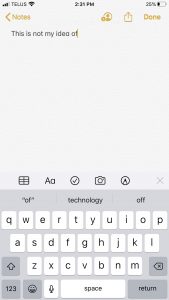

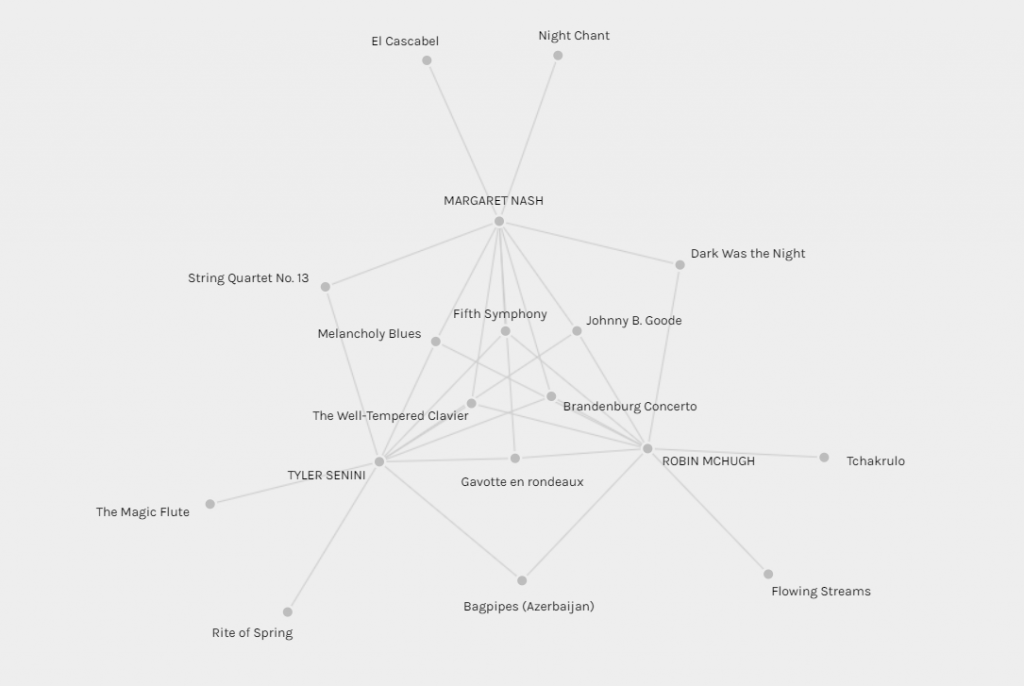
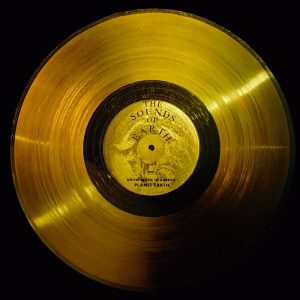
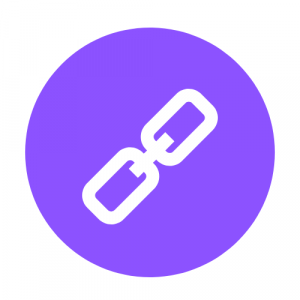 Find a link to
Find a link to 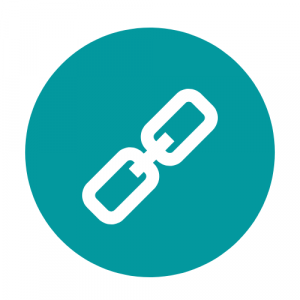 Find a link to
Find a link to  Find a link to
Find a link to